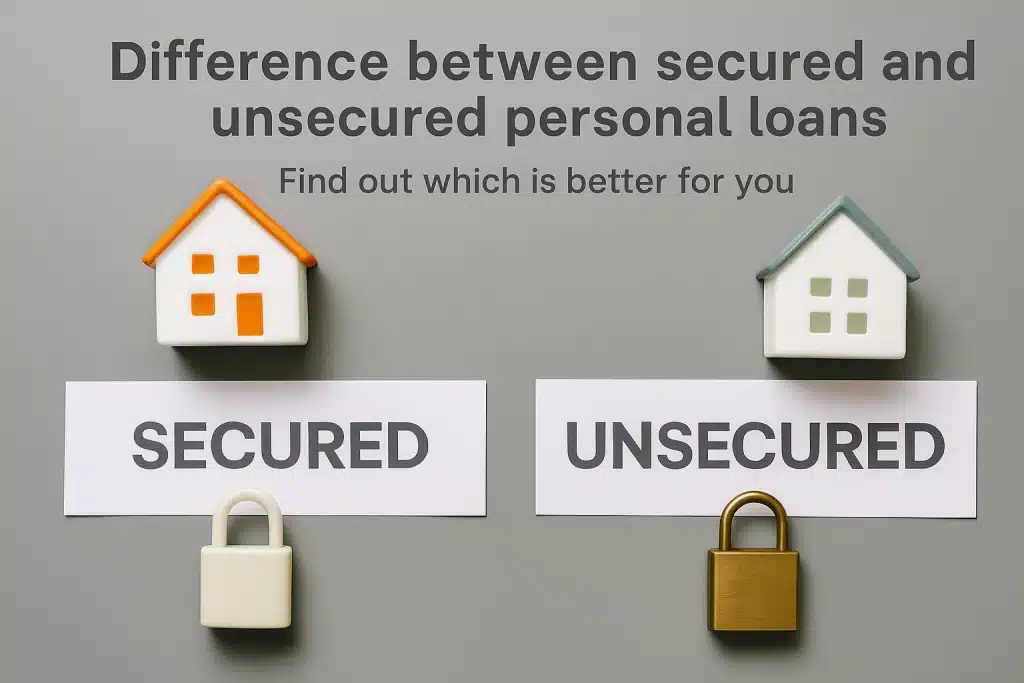When considering taking out loans, it’s essential to understand the difference between secured and unsecured personal loans. Both offer unique benefits and have particular considerations that can impact your financial future. Knowing which type suits your needs can save you significant stress and money in the long run.
This article dives into these two forms of borrowing, helping you make an informed decision. Personal loans can be vital financial tools, providing the necessary funds for various life needs. Whether you’re looking to consolidate debt, pay for an emergency, or undertake a significant purchase, choosing the right loan type is crucial.
Understanding secured and unsecured loans

Secured loans involve collateral, an asset you own that backs the borrowing agreement. This asset could be your house or car. If you default on the loan, the lender has the legal right to claim the collateral. Generally, secured loans offer lower interest rates since they pose less risk to lenders. Conversely, unsecured loans don’t require collateral. This type of borrowing relies on your creditworthiness, often resulting in higher interest rates to offset the lender’s increased risk.
Choosing between these types depends on your financial situation and objectives. If you have valuable assets and need a large amount with lower interest, a secured deal might be beneficial. On the other hand, if you lack assets or prefer flexibility with potentially easier approval processes, unsecured borrowing might be the route to take.
Deciding factors in choosing a loan
Several factors influence the choice between secured and unsecured loans. The key is balancing necessity with risk. Consider your comfort with possibly putting an asset on the line. Also, think about your urgency, as unsecured loans might have quicker approval processes. Your credit score plays a significant role as well; those with higher credit scores might find unsecured loans more accessible.
Lastly, reflect on the interest rates and loan terms, as these can significantly affect your repayment plan. Examining these factors helps you align your choice with your financial health and future goals. Tools like online calculators can provide a clear picture of what your repayment schedule might look like under different scenarios.
Strategies for making a smart choice
Applying for a loan requires strategy. Begin by analyzing your financial status and creating a realistic budget to determine what repayments you can handle. Doing thorough research by comparing different lenders and their offers is also advisable. Look for reviews and ratings that speak to credibility and customer satisfaction.
Preparing all necessary documentation, like income verification and a list of assets (for secured loans), will streamline the process. Understanding your credit score and improving it, if necessary, can provide better loan terms. Consulting with a financial advisor might also give you personalized advice on which type of loan aligns with your financial circumstances.
Conclusion: weigh your options carefully
Deciding between secured and unsecured loans requires careful consideration of your financial situation and goals. While each has its benefits and drawbacks, understanding your needs is vital to make an informed choice. Assess the degree of risk you’re willing to take, your available assets, and your ability to navigate interest rates responsibly.
By thoroughly researching and evaluating your options, you can find the loan product that best aligns with your current and future financial aspirations. Ultimately, the right decision will provide you with the funds you need without compromising your financial security.

